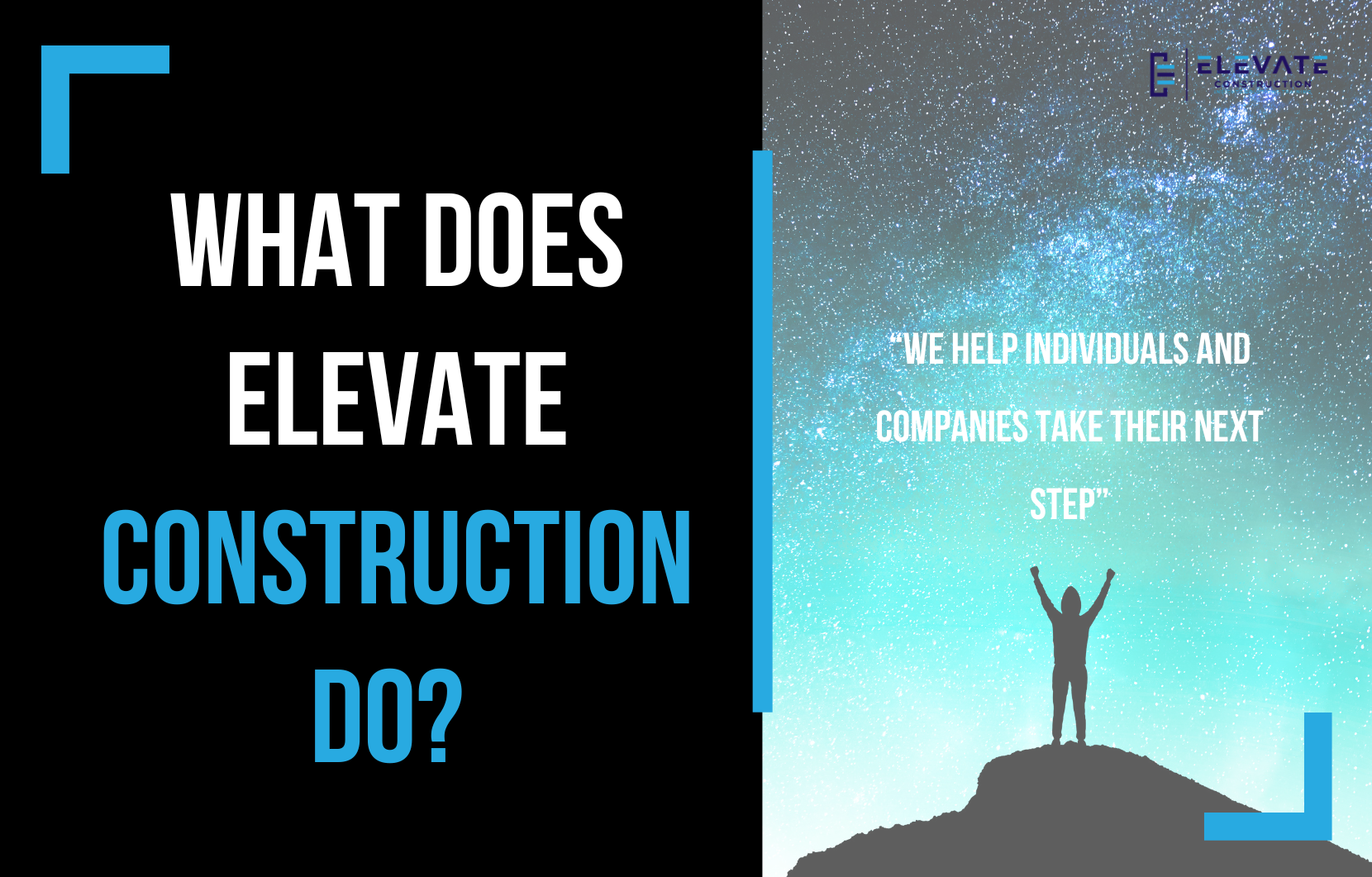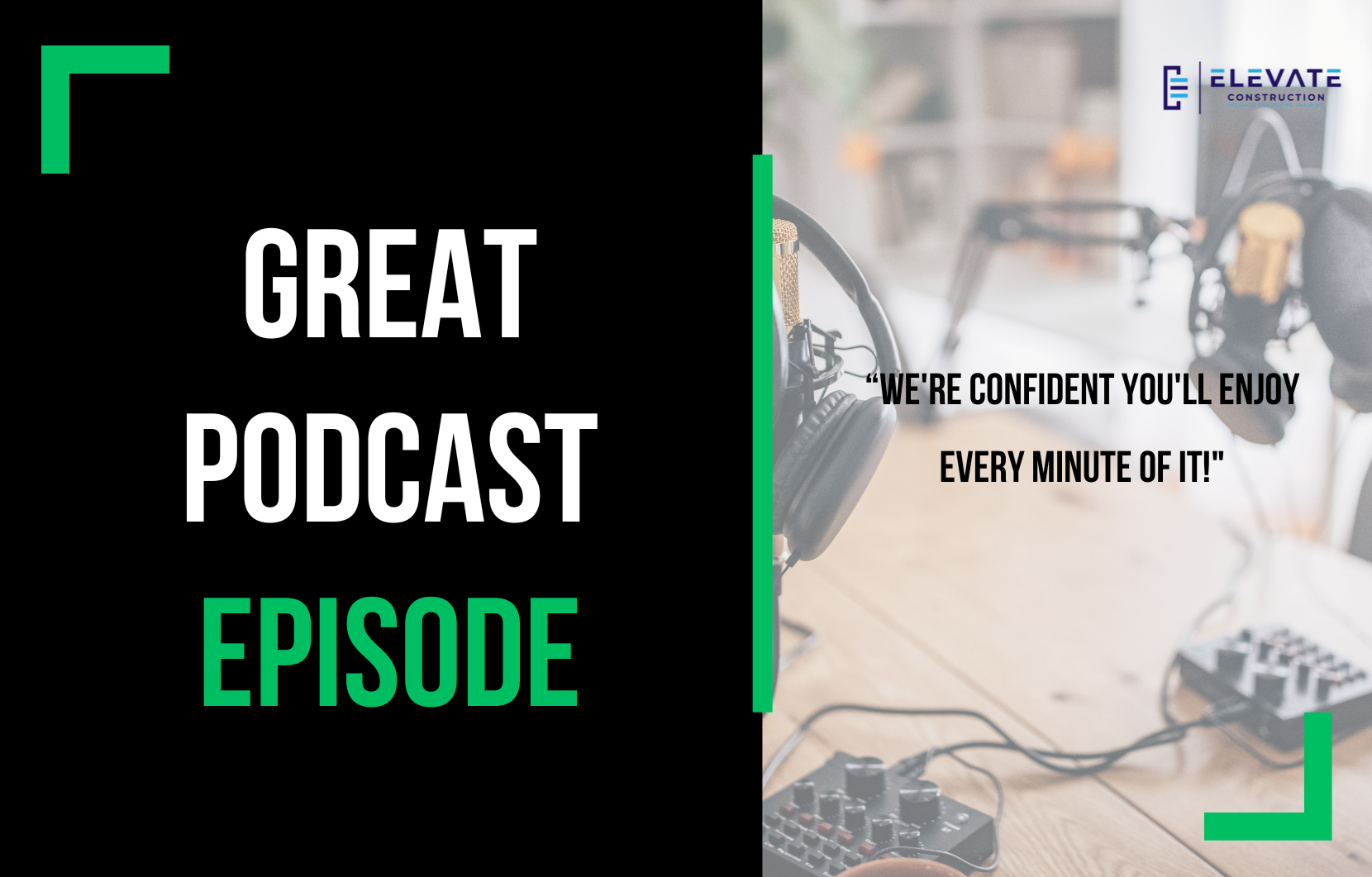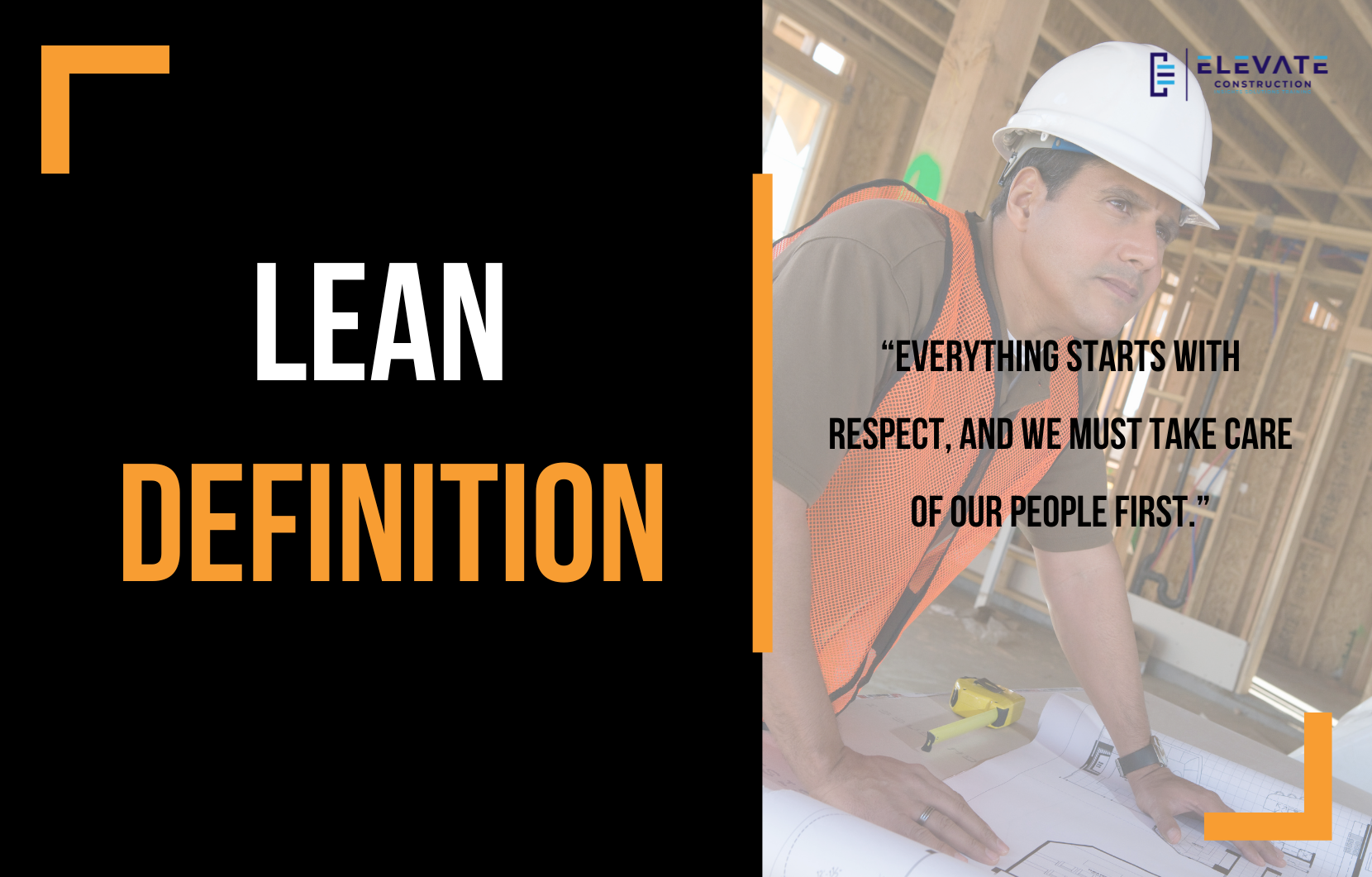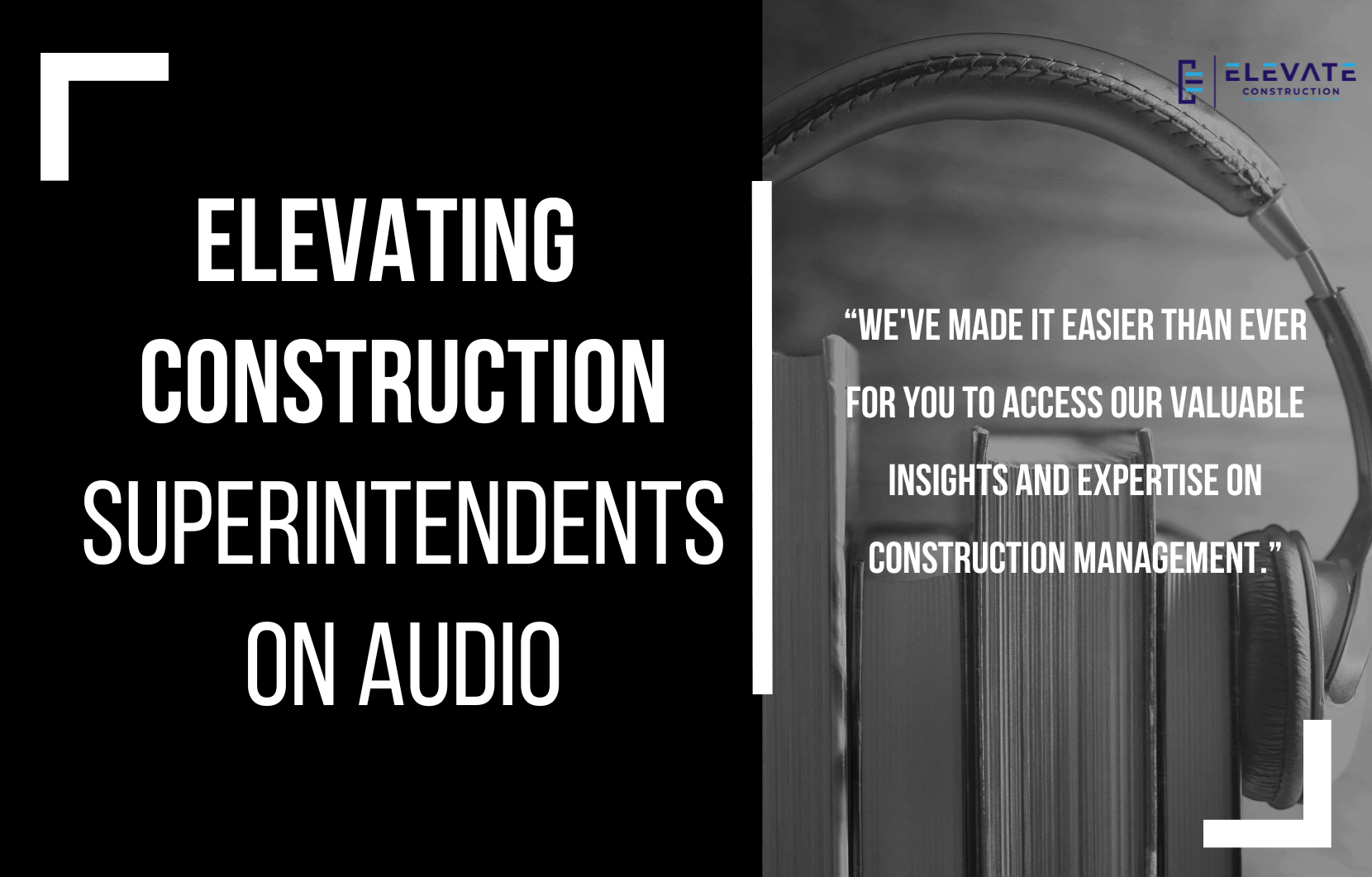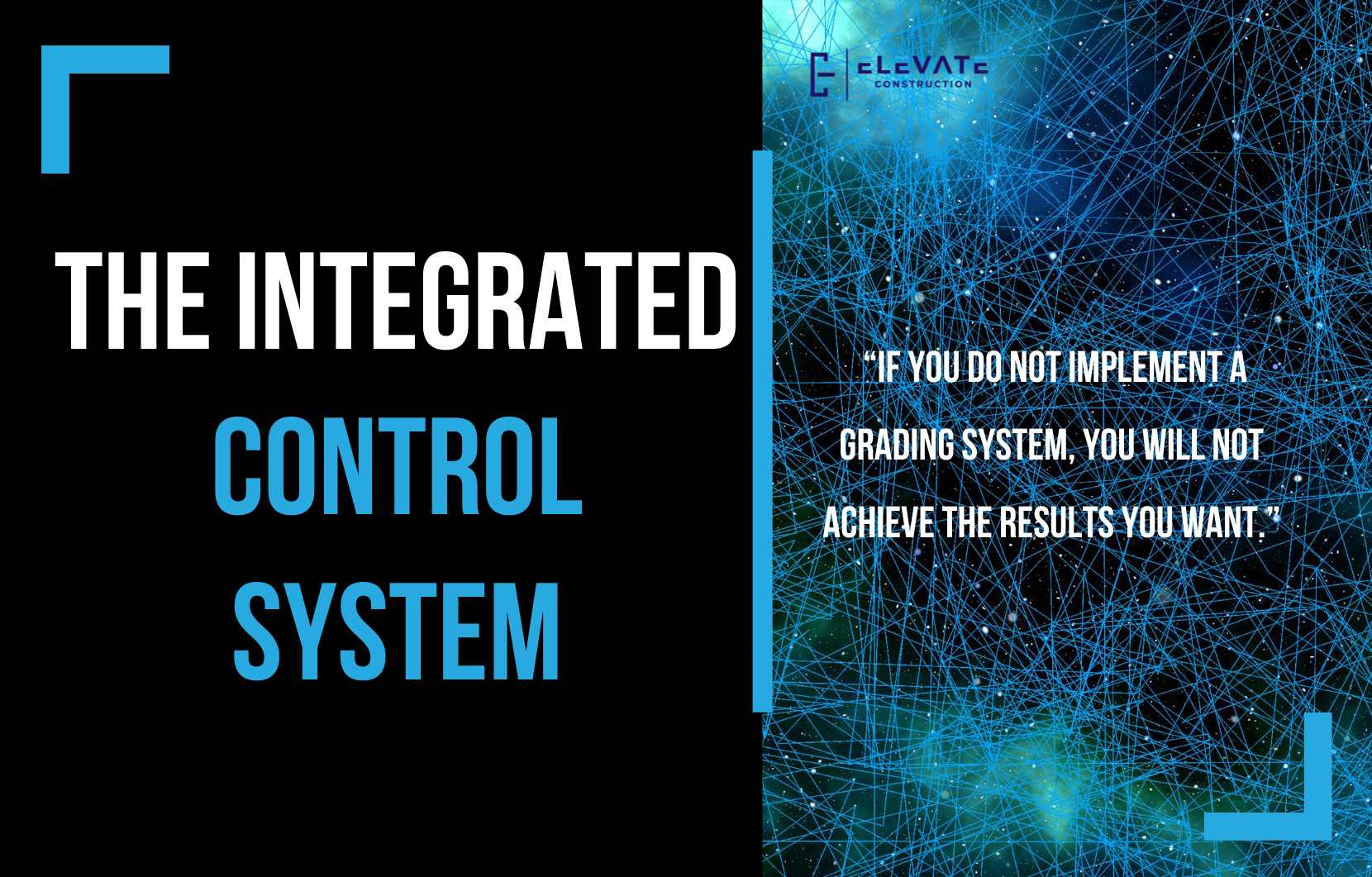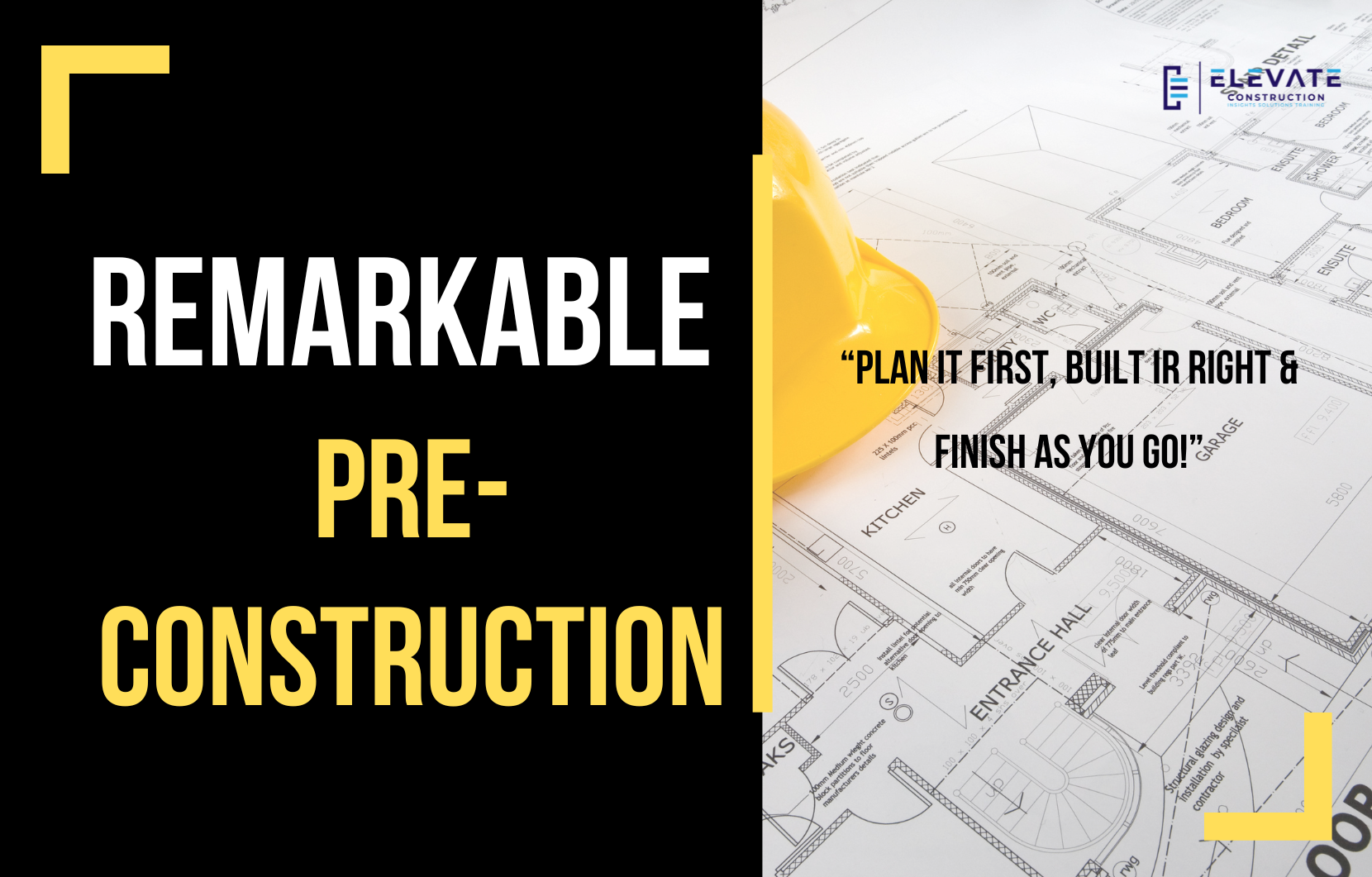Certainly, let’s delve deeper into the significance of these commandments. There exists a meticulously crafted list of commandments that, when faithfully followed, act as a formidable shield against a wide array of potential mistakes in the field. These guiding principles are not just arbitrary rules but a strategic roadmap designed to elevate your performance and ensure that you navigate your fieldwork with precision and excellence.
The question to ask yourself is this: Are you truly ready to bid farewell to the exasperation and repercussions of dealing with mistakes? If your answer resonates with a resounding “yes,” then the next step is to embrace these commandments with unwavering commitment when you’re on-site.
These commandments are your invaluable toolkit for success, and each one carries profound significance. Safety takes the lead because the well-being of your team and the seamless execution of every project should never be compromised. Effective communication follows closely, for it is the lifeblood of a well-coordinated operation, ensuring that every member of your team is aligned and informed.
Meticulous attention to detail is the essence of the third commandment, signifying your commitment to excellence. No detail is too small to escape your vigilant eye. Lastly, adaptability, the fourth commandment, underscores the need to be agile in the face of unforeseen challenges. It’s about having the dexterity to pivot swiftly, ensuring that your projects stay on course even when unexpected hurdles arise.
By wholeheartedly embracing and understanding the profound impact of these commandments, you embark on a journey toward not just error reduction, but the elevation of your fieldwork performance. These are not just principles; they are the pillars upon which your success in the field is built, leading you to a future of efficiency, safety, and exemplary outcomes.

Here is the download for your reference:
I have seen national companies use these commandments within the field engineering ranks and completely shift the trend of making major mistakes. These commandments, if followed, will be a game changer for you in your work!
If you want to learn more we have:
-Takt Virtual Training: (Click here)
-Check out our Youtube channel for more info: (Click here)
-Listen to the Elevate Construction podcast: (Click here)
-Check out our training programs and certifications: (Click here)
–The Takt Book: (Click here)
Discover Jason’s Expertise:
Meet Jason Schroeder, the driving force behind Elevate Construction IST. As the company’s owner and principal consultant, he’s dedicated to taking construction to new heights. With a wealth of industry experience, he’s crafted the Field Engineer Boot Camp and Superintendent Boot Camp – intensive training programs engineered to cultivate top-tier leaders capable of steering their teams towards success. Jason’s vision? To expand his training initiatives across the nation, empowering construction firms to soar to unprecedented levels of excellence.
On we go!


